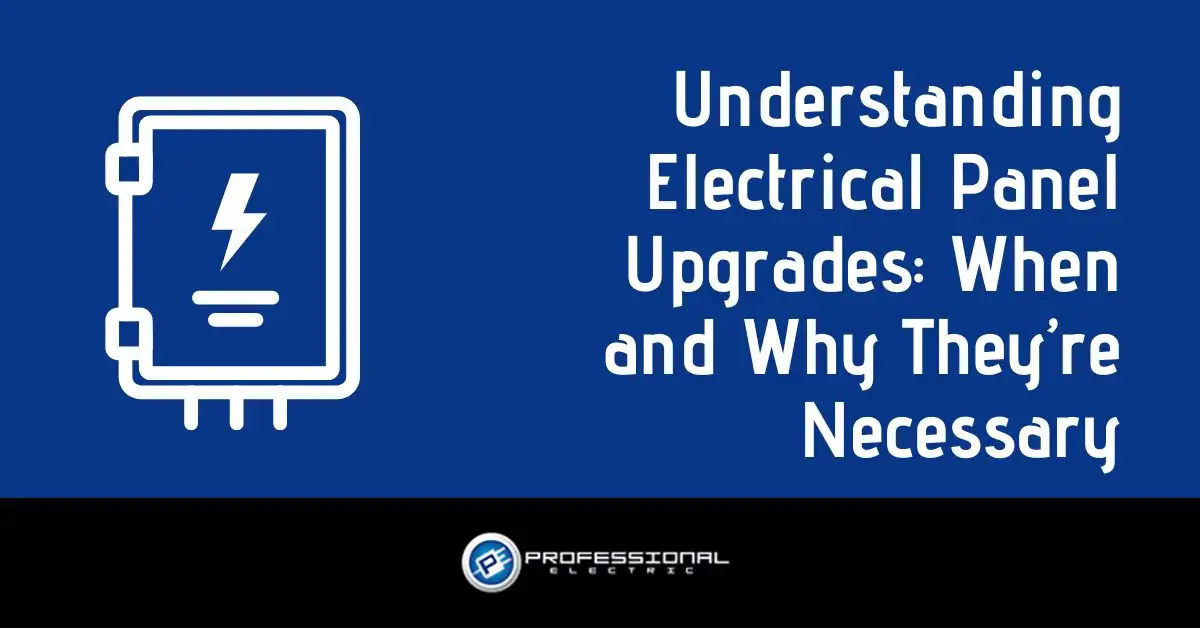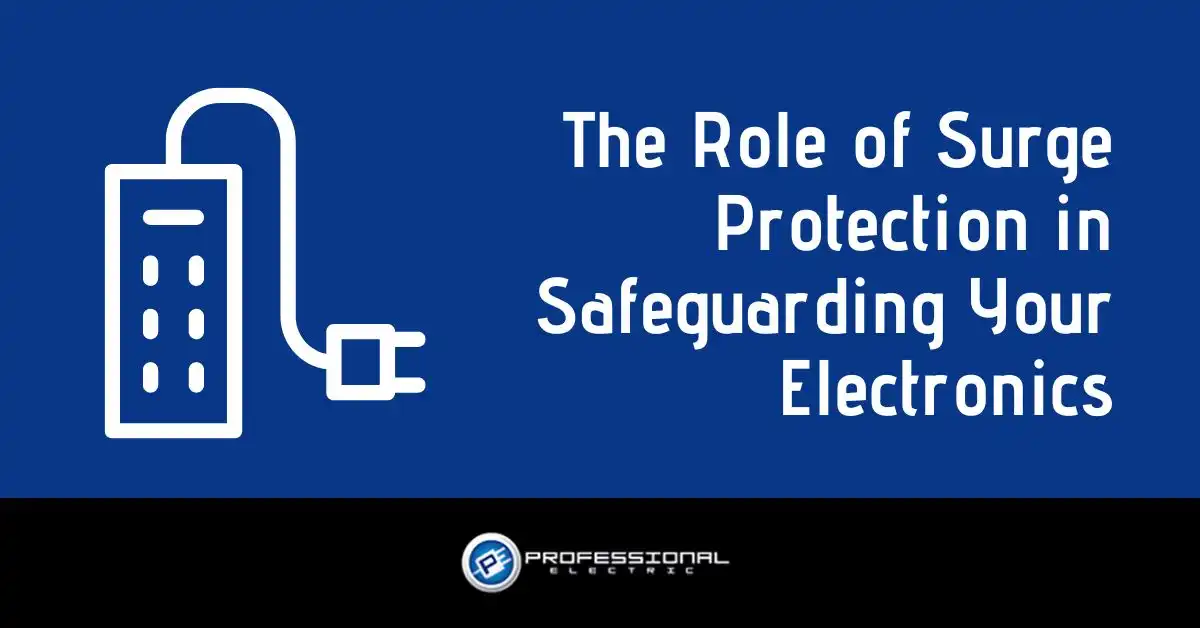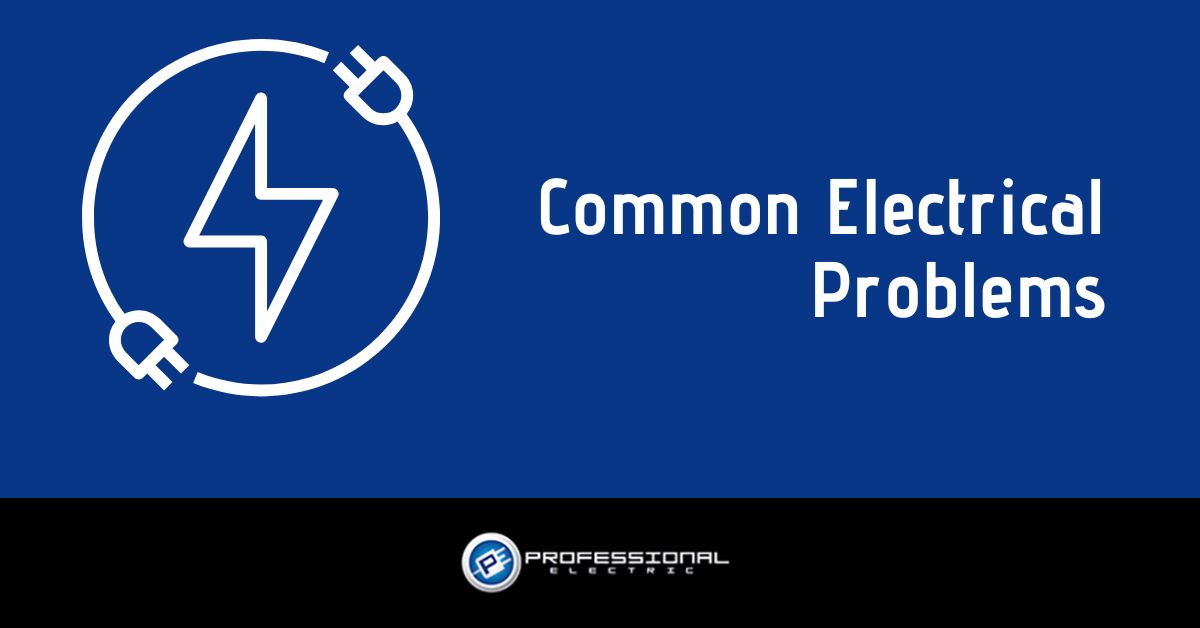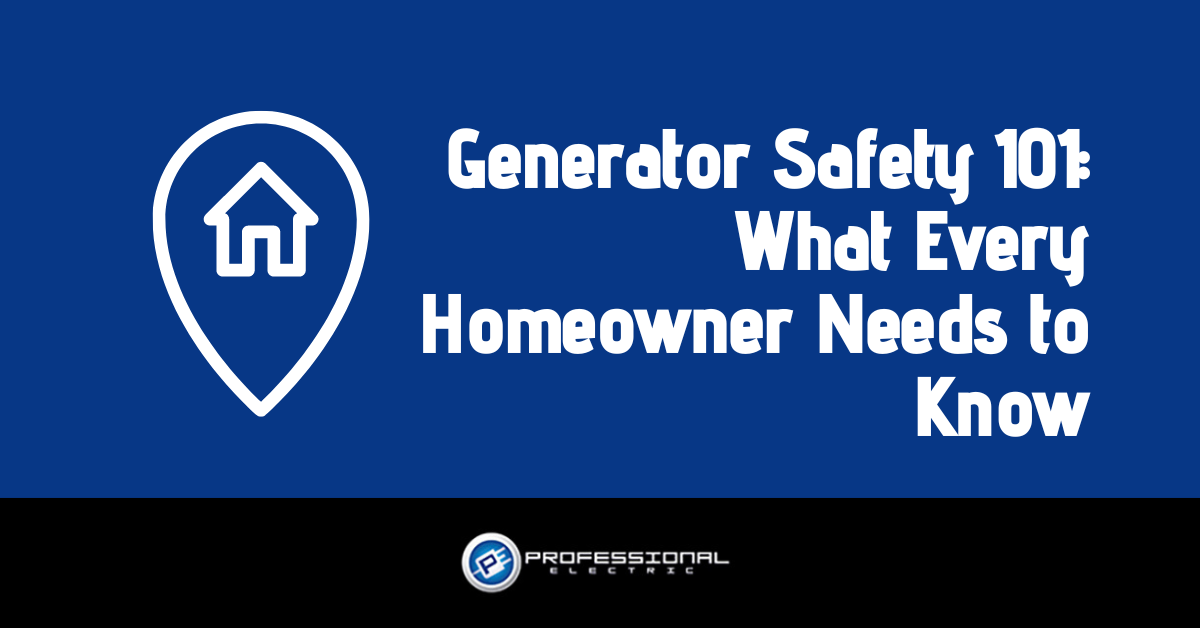Older homes come with unique charm and character, but owning one often brings along a set of electrical challenges. From outdated wiring to insufficient outlets, these issues can pose safety risks and limit the functionality of your home. In this article, we’ll explore some of the most common electrical problems found in older homes and provide practical solutions and renovation tips for modernizing your electrical systems.
Outdated Wiring
One of the most prevalent issues in older homes is outdated wiring, such as knob-and-tube or aluminum wiring. These are not only inefficient but can also pose serious safety hazards, including electrical fires. To address this issue, consider rewiring your home with modern, safer alternatives like copper wiring. Hiring a licensed electrician to assess your wiring and make necessary upgrades is crucial for ensuring the safety and reliability of your electrical system.
Insufficient Outlets
Another common issue in older homes is a lack of electrical outlets, which can lead to the use of extension cords and power strips, increasing the risk of overloading circuits. To remedy this, strategically add new outlets in areas where they are most needed, such as kitchens, bathrooms and home offices. This can involve installing additional circuits to accommodate the increased electrical demand. Consulting with an electrician can help you determine the best placement and configuration for new outlets in your home.
Overloaded Circuits
Overloaded circuits occur when too many appliances or devices are plugged into a single circuit, exceeding its capacity and posing a fire hazard. In older homes with outdated electrical systems, this problem is especially common. To prevent overloading circuits, redistribute electrical loads across multiple circuits and avoid plugging high-wattage appliances into the same outlet. Upgrading your electrical panel to a higher amperage capacity may also be necessary to support the increased demand of modern electronics and appliances.
Inadequate Grounding
Proper grounding is essential for protecting your home and its occupants from electrical shocks and equipment damage. In older homes, inadequate grounding or the absence of ground fault circuit interrupters (GFCIs) in wet areas like kitchens, bathrooms or outdoors is a common issue. Retrofitting your electrical system with GFCIs and ensuring proper grounding can significantly enhance safety and bring your home up to code compliance.
Flickering Lights and Power Surges
Flickering lights and power surges are often symptoms of underlying electrical problems, such as loose connections, faulty wiring or outdated electrical panels. These issues not only affect the functionality of your lighting and electronics but can also increase the risk of electrical fires. To address flickering lights and power surges, have a qualified electrician inspect your electrical system and make any necessary repairs or upgrades, such as replacing worn-out components or installing surge protection devices.
While older homes exude charm and character, they often require updates to their electrical systems to ensure safety, efficiency and compliance with modern standards. By identifying and addressing common electrical problems, such as outdated wiring, insufficient outlets, overloaded circuits, inadequate grounding and flickering lights, you can enhance the functionality and safety of your home for years to come. Consulting with a licensed electrician is essential for assessing your home’s electrical needs and implementing effective solutions tailored to your specific requirements. For more information, visit our website at https://proelectricusa.com/.




